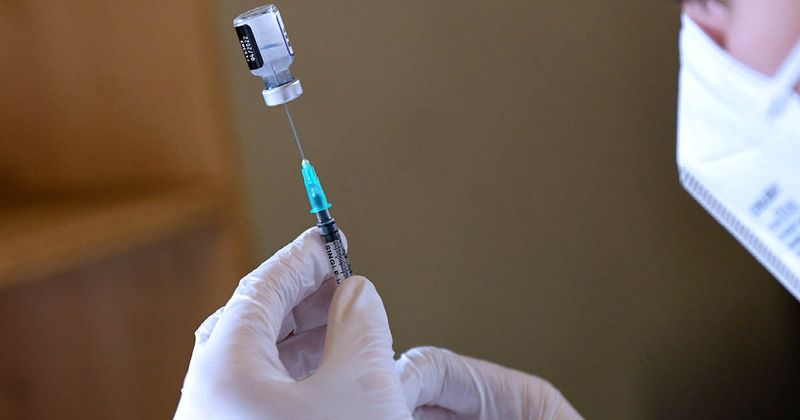Ten-day MMF hiatus after COVID-19 vaccine doses boosts antibody response
PHILADELPHIA — Withholding mycophenolate mofetil for at least 10 days following two doses of the COVID-19 vaccine significantly increased antibody response without greatly increasing the rate for flares, according to data presented here.
“The development of safe and effective SARS-CoV-2 vaccines almost 2 years ago now represents one of probably the greatest scientific achievements in recent times,” Caoilfhionn Connolly, MD, MSc, a postdoctoral rheumatology fellow at the Johns Hopkins University School of Medicine, said during a press conference at ACR Convergence 2022. “However, our patients with rheumatic and musculoskeletal diseases were very poorly represented in those seminal clinical trials. Many of our patients had a lot of questions about safety of the vaccines, immunogenicity of the vaccines and also efficacy of vaccination.

“Some of earliest data actually identified mycophenolate mofetil as one of the greatest offenders in terms of blunting the SARS-CoV-2 vaccine response,” she added. “This data was very concerning to us, namely, because patients who are prescribed mycophenolate typically have quite severe manifestations of their rheumatic diseases.”
To determine the impact that the duration of withholding mycophenolate mofetil (MMF) has on antibody response and flares in patients with rheumatic and musculoskeletal diseases, Connolly and colleagues prospectively examined 220 patients with rheumatic diseases with no history of COVID-19 who had received two doses of an mRNA COVID-19 vaccine and reported treatment with MMF.
Patients underwent serology testing using the Roche Elecsys anti-SARS-CoV-2 S enzyme immunoassay at 2 weeks, 1 month and 3 months following the second vaccine dose. Connolly and colleagues used the highest available titer from each test period, in which a high titer was defined as an antibody response 250U/mL or less.
One month following their second dose, patients were asked to complete an online questionnaire regarding their flare history, symptoms, duration and, most notably, the flares that required treatment by a physician.
According to study results, among the 43 patients who withheld MMF, 48.8% held for less than 10 days whereas 51.2% held for at least 10 days. The researchers found that a higher proportion of patients who held for at least 10 days exhibited a high antibody response vs. those who continued therapy or held for less than 10 days — 64% vs. 29% and 29%, respectively (P = .006).
“We found that among those who withheld therapy for 10 days or more were more likely to have a high titer antibody response or a more robust humoral response after two-dose vaccination, which is very encouraging to us,” Connolly said.
The researchers also observed a similar rate of flare in the post-vaccination period for all groups with 6.8% among those who held for 10 days, 9.5% among those who continued therapy, and 4.5% among those who held for less than 10 days (P = 1). No patients reported a flare requiring IV therapy or hospital admission.
“Given that this is early data, I think it's helpful for clinicians who are trying to think about strategies to augment vaccine response,” Connolly said. “I think we are in a position now where we have other strategies as well as vaccination that can help afford greater protection for our patients, but this is one potential strategy that clinicians can consider in the appropriate patient population.”

